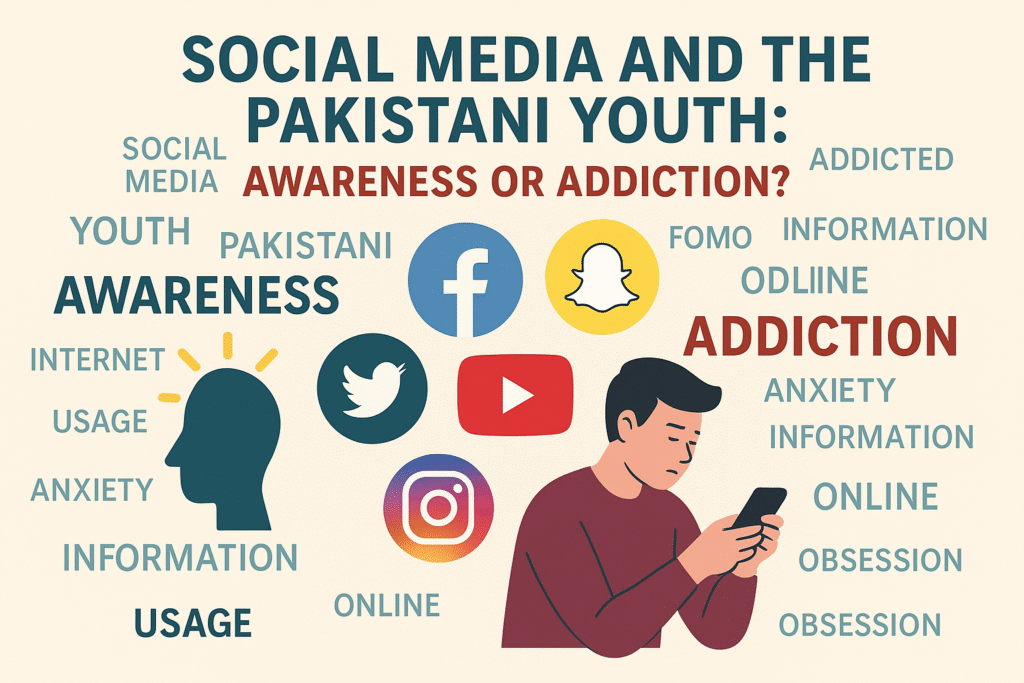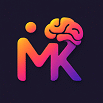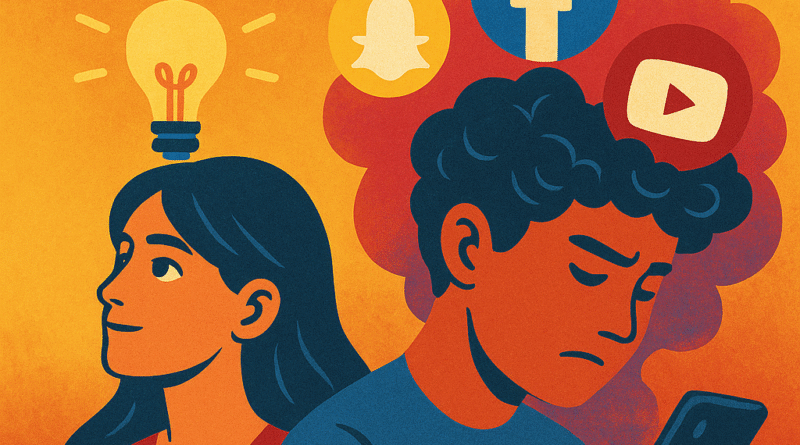Social Media and the Pakistani Youth: Awareness or Addiction?
Muhammad Mobasher Ali (Social Media Awareness or Addiction)
Abstract

In the rapidly evolving digital era, social media has become both a powerful tool and a double-edged sword for Pakistani youth. While it facilitates communication, learning, and activism, its unchecked use has raised serious concerns about mental health, productivity, and social behavior. This article explores the Social Media Awareness or Addiction among Pakistani youth, highlighting its benefits, emerging patterns of addiction, psychological effects, and recommendations for responsible engagement.
1. Introduction (Social Media Awareness or Addiction)
Social media platforms like Facebook, Instagram, TikTok, Snapchat, and X (formerly Twitter) have become an integral part of daily life for youth in Pakistan. According to DataReportal (2024), there are over 71 million social media users in Pakistan, with a significant percentage falling in the 18–30 age group. Youth now spend an average of 3–5 hours daily on these platforms, reshaping their social interactions, information consumption, and worldviews.
But the question remains: Are young Pakistanis becoming more informed or more isolated?
Lorem Ipsum
2. Benefits of Social Media for Youth

a. Access to Information & Learning
Social media provides real-time access to news, educational content, skill development courses, and international perspectives. Platforms like YouTube and LinkedIn Learning empower students to self-educate.
b. Digital Activism & Social Change
Movements such as #JusticeForZainab, #AuratMarch, and #FloodRelief2022 were amplified by youth on social platforms, showing the power of online mobilization.
c. Employment and Entrepreneurship Young freelancers and small business owners use Instagram, Facebook Marketplace, and TikTok to market their services and earn income. Pakistan has become the 4th largest freelancing country in part due to social media exposure.
3. The Dark Side: Rising Addiction and Dependency
Despite the positives, the excessive and uncontrolled use of social media is becoming a psychological and social threat.
a. Mental Health Impact
Studies by the Pakistan Institute of Living and Learning (PILL) show increasing cases of anxiety, depression, and low self-esteem among teens and college students due to online comparison, FOMO (fear of missing out), and cyberbullying.
b. Sleep Disruption & Reduced Productivity
Youth often suffer from “doom scrolling” at night, leading to poor sleep hygiene and low academic or job performance.
c. Social Isolation & Disconnection
Ironically, social media can reduce real-life social skills, leading to loneliness, trust issues, and weaker family bonds.
d. Addiction Indicators
According to Psychology Today, social media addiction includes:
Obsessively seeking likes or comments
Checking apps every few minutes
Anxiety when offline
Prioritizing online life over offline responsibilities
4. Cultural and Social Implications in Pakistan
Conservative vs Liberal Clashes: Social media often becomes a battleground between traditional values and modern liberalism.
Digital Harassment: Young women are frequently targeted online. Cyberbullying and privacy invasion are rampant, with weak legal enforcement.
Fake News & Misinformation: Youth are often exposed to unchecked content, political propaganda, and conspiracy theories without critical analysis.
5. Case Studies: Social Media Awareness or Addiction
📌 Case 1: The TikTok Ban Saga
TikTok was temporarily banned multiple times in Pakistan due to concerns over “immoral content.” However, it remains widely used by youth for entertainment and expression.
📌 Case 2: Students & Instagram Obsession
A Lahore-based private university found that students were spending over 4 hours daily on Instagram, with a direct correlation to falling grades and poor social engagement.
6. Solutions & Recommendations
✅ Digital Literacy Campaigns
Government and NGOs must launch awareness campaigns in schools and universities on healthy social media use.
✅ Parental Monitoring Tools
Parents should engage in co-viewing and set screen time limits rather than enforcing bans.
✅ Mental Health Support in Institutions
Universities must provide counseling and digital detox programs.
✅ Promote Positive Role Models Online
Highlight young content creators who spread education, entrepreneurship, and positivity.
✅ Policy Framework
The Pakistan Telecommunication Authority (PTA) should work with platforms to regulate content without over-censorship.
7. Conclusion
Social media is neither inherently good nor evil — it is a reflection of how we choose to use it. For Pakistani youth, it offers immense opportunities for learning, connection, and empowerment. But unchecked use can spiral into addiction, anxiety, and alienation.
The challenge is to shift from passive consumption to conscious engagement — building a generation of digital citizens who are aware, informed, and balanced.
For our other article on Social Media please click on the photo : ![]()

